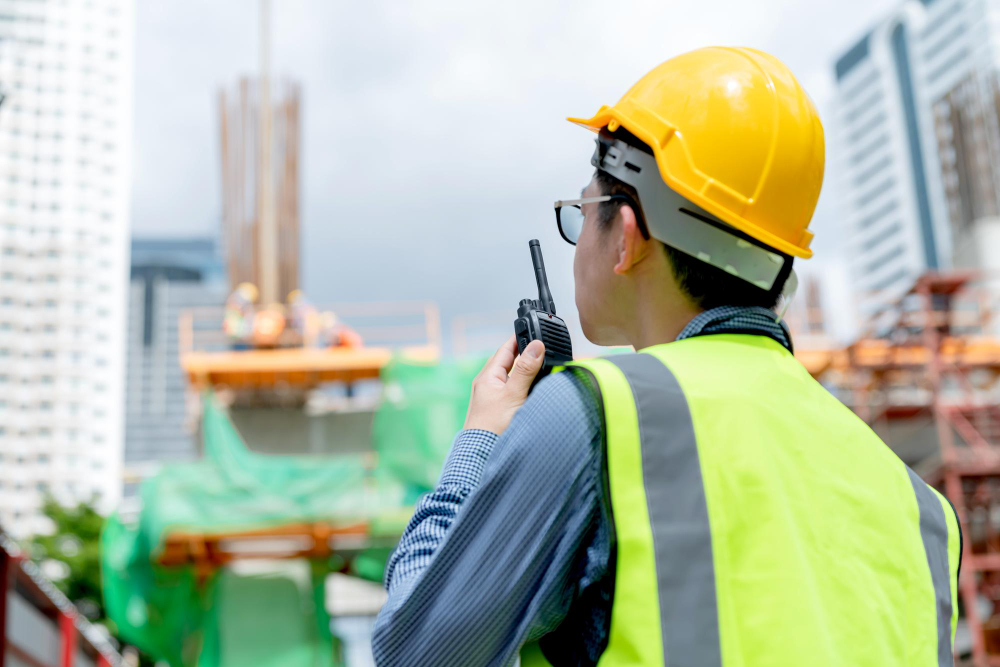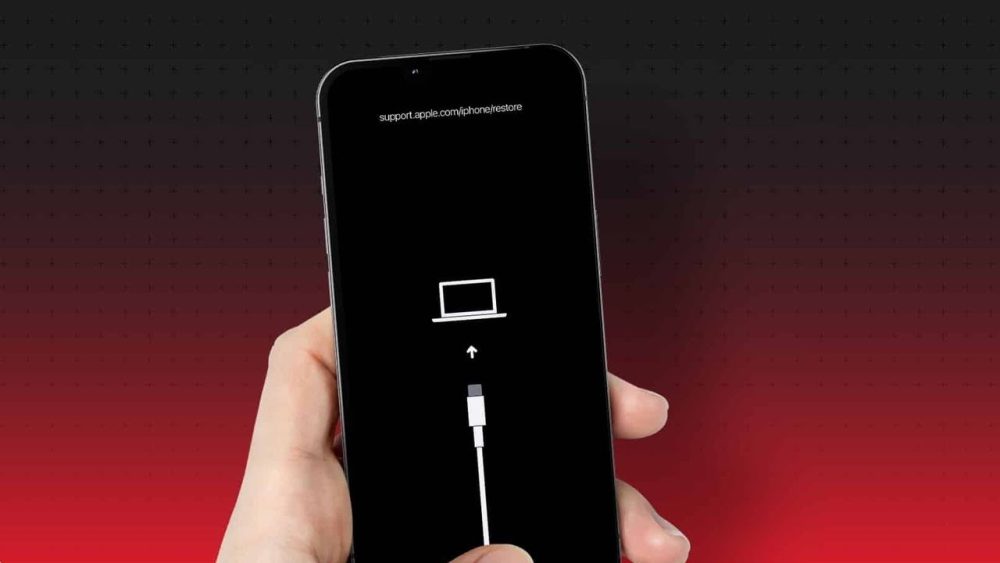When working in high-pressure and extreme outdoor environments, clear communication can be the difference between life and death, or coordination and chaos. For emergency responders, construction workers, expedition teams and remote operators or hobbyists, reliable handheld radios are a life-line. However, not all of them are built to withstand rough conditions or environments.
Certain engineering features of a two-way radio that help higher grade devices stand up to the worst of what nature throws at it are not standard on regular, generic-grade radios. Understanding more about these devices will help you pick the right equipment that won’t fall apart in rugged conditions or when the weather gets nasty.
Rugged Construction and Military-Grade Durability
One of the key characteristics of top-of-the-line walkie-talkies is rugged, military grade toughness. Some may come equipped with shock-absorbing casings, sealed components and/or reinforced bodies that can withstand being dropped, and are resistant to heat, cold, shock and rough vibrations.
Their often have hard outer shells that can take a beating if the radio is dropped or hit. For heavy-duty jobs or construction sites, the durable construction makes sure communications don’t get knocked out by the rough and tumble nature of the job.
Water and Dust Resistance (IP Ratings Explained)
Coming into contact with moisture and dirt is one the biggest threat to radio performance, so for people working outdoors or in industries, those radios need to be able to withstand the elements. The Ingress Protection rating is one way to tell how well a radio will stand up to water and dust.
For example, IP65 radios are resistant to low-pressure jets of water and dust storms, IP67 radios can stay underwater for 30 minutes at a depth of one meter, and IP68 radios have no limits to how much time they can spend underwater. This level of protection is crucial for people who are working in boats, building construction, or disaster relief – where rain, dirt/mud and humidity are everyday conditions.
Extended Battery Life and Power Options
When it comes to extended operations, a two-way radio with a high-capacity lithium-ion battery is basically a must-have in areas where recharging isn’t easy (or available at all). With modern battery-saving features, clever battery management, and low-voltage warnings, it’s no wonder that these kinds of radios can operate for anything from 12 to 24 hours and more on just one charge.
Some top-of-the-line radios let you swap between rechargeable packs and disposable alkaline batteries. This means numerous charging options such as solar chargers, car chargers and portable charging stations give you the option to replenish your battery. When it comes to emergency services and wilderness expeditions, the flexibility of these features can be the difference between being lost and being found.
Temperature and Weather Resilience
To prevent issues caused by rapid climate changes, radios intended for use in such conditions need to be able to resist the expansion and contraction of metals, condensation, and the build-up of frost or ice. For example, radios for use in firefighting, mountaineering, or desert operations require special thermal protection and insulated batteries in order to function consistently.
Weather resistance is not just about temperature, but also covers exposure to UV light, saltwater corrosion and operating in strong winds. Any equipment that is going to be exposed to these conditions is built so that it still functions well even when subjected to them.
Intuitive Controls and Ergonomic Design
The ergonomics of walkie-talkies in extreme environments can be a concern as smaller, petite controls can slow down response times. As a result, top-rated radios in this class put the user at the forefront of the design process. They come equipped with larger buttons, clear displays that light up in low-light conditions, and a lot of intuitive features that let you send messages and alerts with the push of a button.
This comes in handy for climbers, rescue workers, and maintenance teams who need to keep their hands free. Durable radios don’t have to be difficult to operate. The designers of these radios have made them as user-friendly as possible, making communication fast, easy and crystal clear no matter the environment.
Compatibility with Accessories and Upgradable Systems
Accessories can transform a basic radio into something more functional and comfortable. The top devices have universal ports for attaching all sorts of accessories such as headphones, earpieces, speaker mics and carrying systems. Noise-reduction headsets or bone-conduction earpieces can be also used in high-noise situations, giving crystal-clear sound and hearing protection. Charging docks, spare batteries and belt clips make it easy to stay connected, and vehicle mounts allow you to have reliable communication on the go.
Two-way radios that can be programmed and synced via software are a great way to add more units to an existing network, and also enable you to modify or update your system without throwing out all of your old hardware. You’re looking for more than just voice transmission, when choosing a professional-grade radio. Today’s models are equipped with GPS, emergency features, and connectivity that have a transformative impact on how teams operate.
GPS, Emergency, and Connectivity Features
Built-in GPS tracking is a game-changer, not only in search and rescue missions or large-scale field operations, but also in construction, farming, mining, and disaster relief. Other essential safety features include emergency alert buttons, man-down sensors, and lone worker monitoring, which automatically send distress signals if the user becomes inactive or experiences a fall.
Radios equipped with Bluetooth or mesh networking capabilities enhance flexibility, connecting to smartphones, tablets, or command centers for expanded communication range and data transfer. These smart integrations transform traditional radios into comprehensive safety and coordination tools.
Choosing the Right Two-Way Radio for the Toughest Conditions
In environments that are harsh, walkie-talkies are lifelines that keep people connected, safe, and coordinate the action. Rugged construction, resistance to the elements, ultra-long battery life, crystal-clear audio and flexible networking are many of the qualities you want in a radio that’s going to perform in the toughest conditions.
You can guarantee reliable performance in any situation by making sure the radio you pick has features such as heavy-duty construction, water resistance, state-of-the-art sound and smart power systems. From a rescue operation in torrential rain to a construction site in blistering heat, a well-designed radio is an essential tool.




